Key Highlights
- Unforgiving terrain and monsters: Strategies to overcome the challenges in Monster Hunter Wilds, from harsh environments to unpredictable foes.
- Streamlined gameplay: A look at the simplified mechanics that compromise the series’ identity yet offer convenience for newcomers.
- Gear and preparation: Guidance for beginners on essential equipment, consumables, and armour designs tailored to survival.
- Analyzing monsters: Explore weaknesses and gain an edge against formidable creatures like Gore Magala and Zoh Shia.
- Team dynamics: Best practices for solo and team hunts, including the use of SOS Flares and support hunters.
- Endgame analysis: A critical perspective on how the simplified mechanics impact the replayability and depth for veteran players.
Introduction
Released on February 28, 2025, Monster Hunter Wilds is the new game in the famous Monster Hunter series by Capcom. This game follows the success of Monster Hunter World. It has large areas to explore and focuses heavily on hunting. Many RPG fans are excited about it. However, some long-time players are not happy. They feel the game is too simple and the story mode is weak. Is Monster Hunter Wilds a step forward for the series, or is it a missed chance? Read on to understand its tough truths.
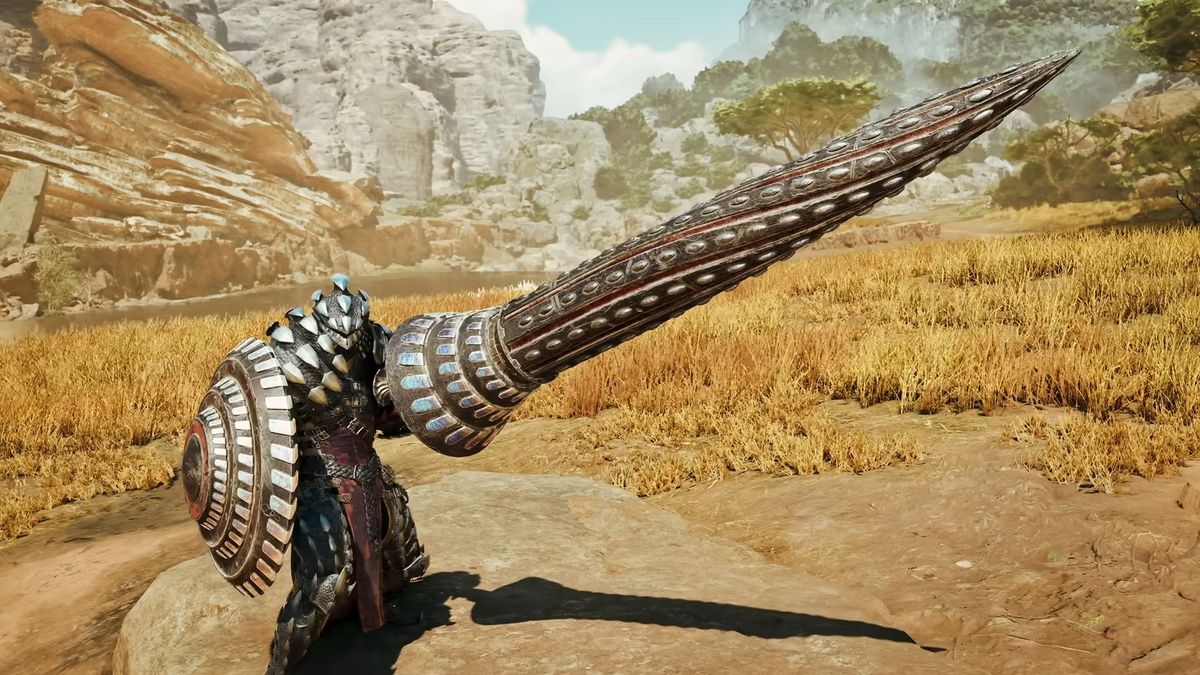
Understanding the Basics of ‘Monster Hunter Wilds’
When you start playing Monster Hunter Wilds, it can feel very intense—but not in a positive way. The game presents a layered action-RPG experience but takes away much of what made previous games in the series exciting. Instead of complicated strategies, you’re faced with basic mechanics that are too easy, almost like they are holding your hand. Long-time players may feel that the lack of real challenge takes away the feeling of achievement.
While this simpler style is friendly for newcomers to Monster Hunter World, it leaves behind the older players who enjoyed the careful planning and deeper tactics. Exploring the environments and hunting are still essential, but much of the setup—once a key part of the series—has now become a boring checklist. As the fun fades for veterans, even new players could find it hard to stay engaged in long gaming sessions. This change brings up an important question: has Capcom gone too far in making things easier, losing the essence of a favorite franchise?
Overview of Game Mechanics
The gameplay mechanics in Monster Hunter Wilds focus more on convenience than depth. Previous games drew players in with complex interactions, but now with the focus mode, battles feel easier. You don’t improve your skills; instead, you get shortcuts to exploit monster weaknesses. This change takes away the excitement from the fights.
Multiplayer options like the SOS flare make tough hunts feel easy. Calling in support hunters can turn what should be a thrilling battle into a boring team effort. With fights being easy, the excitement fades away as you mindlessly repeat actions.
There are also some noticeable rough edges. Monsters lack unpredictable AI, making their actions feel predictable and boring. It’s clear that these changes have taken away from the game’s spirit, leaving both newcomers and long-time players uncertain about Capcom’s choices. If gameplay is what makes a hunting RPG fun, Wilds is having a hard time keeping its identity.
Essential Gear and Equipment for Beginners
For any newcomers, dealing with the gear system in Monster Hunter Wilds can be confusing. The overly simple way of doing things does not really help. The days of creating a special loadout with careful thought are over. Now, NPCs feed the armour recommendations to you, which takes away any feeling of achievement or trying new ideas.
You get a lot of consumables like potions, antidotes, and buffs, making it quite easy to survive. The game even gives you auto-refills during hunts, so there isn’t much need for planning ahead.
- Basic Armour Sets: Arkveld armour works well for early hunts but isn’t flexible for tougher battles.
- Weapons for Beginners: The hammer “goes bonk” without much skill, while the sword and shield are pretty predictable.
- Consumables: You don’t need to plan ahead—your Palico will help you out.
Sadly, even if you are new to the game, you might miss having nicer and more interesting systems. This simplification feels more disrespectful than helpful.
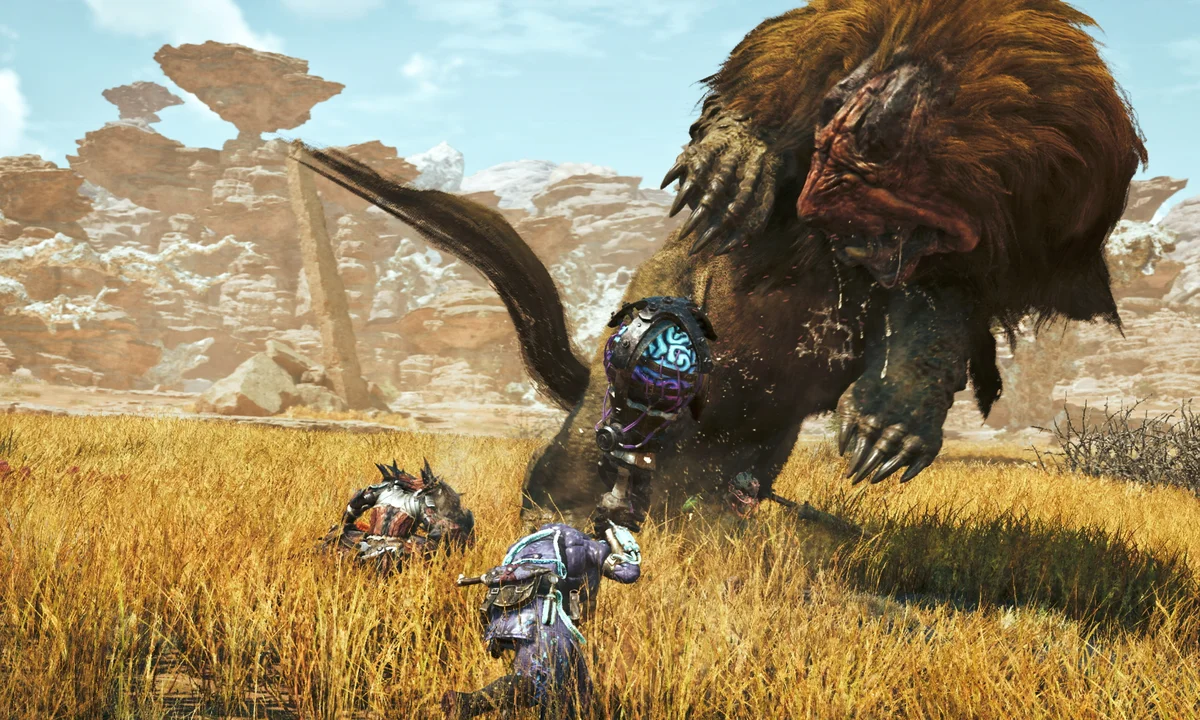
Developing Strategies for Different Monsters
Every monster in Monster Hunter Wilds needs a special plan, but the game makes it easy to win with its kind mechanics. Figuring out attack patterns and using weaknesses does not feel as satisfying because of helpers like auto-fills and strong support.
Even when facing big monsters like Gore Magala, the action can seem weak. The game’s lack of challenge takes away the fun of coming up with a strategy for hard battles. In the end, experienced players might wonder if the series has changed too much to be easier for everyone.
Analyzing Monster Types and Weaknesses
The monsters are truly the best part of Monster Hunter Wilds, but there are some issues. Big creatures like Zoh Shia and the strange Gore Magala have interesting designs. Still, their weaknesses are easy to find due to simple in-game guides. The fun of figuring things out while hunting is nearly gone.
Their moves become too easy to guess very quickly, which takes away the excitement from battles. The shell-breaking and wound systems do not bring back the thrill. Trying to hunt the same targets over and over feels repetitive.
Additionally, using the environment, which used to be a key strategy, now matters less. Turf wars, that used to be exciting, now feel forced. The fights between the monsters seem more like a plan rather than something that happens naturally. In the end, even the main idea of fighting “large monsters” feels dull and predictable in Wilds.
Best Practices for Solo and Team Hunts
Solo hunts in Monster Hunter Wilds start off seeming exciting, but they soon show limitations. This makes them feel too easy. Battling large monsters used to be something special, but now the AI does much of the hard work, making it less personal.
With the SOS flare, players can call for help from support hunters when faced with tough battles. However, this help feature feels overdone. When playing in multiplayer, things can get chaotic. Teammates often hit monsters at the same time, turning what could be a thrilling hunt into just a scene of chaos.
Roles like healers or stun experts do not matter as much anymore because the gameplay feels too easy. Working as a team used to need some planning, but now it feels like everyone is just adding damage in a fight against bosses that are not very tough. Unfortunately, the main hunting experience in both solo and team play is missing the excitement that earlier games had.

Navigating Through Various Terrains
Exploring the world in Monster Hunter Wilds should be a great adventure, but it doesn’t quite deliver. The large areas are missing the deep survival tactics that made Monster Hunter World important. Instead, the environmental dangers feel weak and not very useful.
Traveling through Alma’s harsh environments or facing sandstorms is challenging, but it’s made easy by the many resources around. The land looks great, but it is not used well to create tension in gameplay. What was once exciting exploration now feels like just a pretty background.
Tips for Surviving in Harsh Environments
Surviving in tough places like Alma should really test your planning skills, but the easy features of Monster Hunter Wilds make this less important. You hardly need special gear because helpful tools, like temperature buffs, are common. This takes away from the game’s realism.
Even in tough environments, there isn’t enough surprise to keep players interested. Cold weather and wet ground hardly change your movement or performance. This makes survival feel more like a style choice than a real challenge.
With helpers and lots of consumables, your strategy for survival feels limited and a bit boring. When there are no real risks, the tough terrain loses its impact. This keeps players from fully getting involved in a beautifully designed world. The challenges in Alma, just like the game itself, don’t offer the depth players want.
Utilizing the Map for Strategic Advantages
The real-time map system in Monster Hunter Wilds should have enriched strategic advantages, but it’s hindered by overwhelming notifications and uninspiring functionality. Whether you’re tracking monsters or navigating through terrain, the constant updates feel intrusive rather than helpful.
|
Situation |
Map Features |
|---|---|
|
Monster Tracking |
Real-time spawn locations reduce exploration thrill. |
|
Environmental Hazards |
Auto-warnings make survival mechanical, not skill-based. |
|
Camp Destruction Alerts |
Notifications pressure players without meaningful outcomes. |
The Zoh Shia region demands adaptability but lacks a sense of authenticity due to these oversimplified systems. Strategic mapping—which could have been a lifeline for immersive gameplay—fails to encourage meaningful engagement, leaving players juggling an onslaught of forgettable alerts.
Mastery of Advanced Hunting Techniques
Hunting techniques are really important in the Monster Hunter games. However, Wilds struggles because it makes things too simple. Instead of pushing players to learn how to use traps and environmental tools, it adds too many shortcuts. This takes away the excitement of skill-based gameplay.
Even the more advanced techniques that are meant to break defenses or use the land better don’t feel effective because of constant interruptions from NPCs. For long-time fans wanting to find the deep strategy that makes the series special, the advanced hunting in Monster Hunter Wilds does not meet expectations.
Implementing Traps and Environmental Tools
Traps used to be a key part of hunting in the series, but in Monster Hunter Wilds, they seem dull. Tools that should add depth have turned into safety nets. This gives players less reason to improve their skills.
Interactions with the environment, like dropping boulders, do not have the excitement of older games. Mechanisms that should act like ecosystems appear to be made for ease instead of challenge. The system removes the enjoyment found in classics, like explosive barrels or traps that stop enemies.
Even when using traps carefully, the mechanics do not create interesting risk-reward situations. The tools, similar to other parts of the game, feel unimportant. This makes it hard for old players to connect, while newcomers go through an experience that lacks depth.
Crafting and Upgrading Your Arsenal
Weapon crafting is meant to be a key part of the game. However, Monster Hunter Wilds makes this less interesting by making new weapon upgrades too simple. Rare materials don’t feel special anymore because the farming system is too easy. As a result, crafting does not create a real sense of progression.
Before, decorations needed smart planning to improve your gear. Now, they come too easily, which takes away the fun of achieving them. While they may help newcomers, players who are more experienced might feel less connected to their choices.
Monster hunting weapons should spark creativity and interest. Unfortunately, this easier system leads to just gathering resources in a mindless way. In trying to make things more accessible, Capcom has left behind some of the things fans loved most about the franchise.
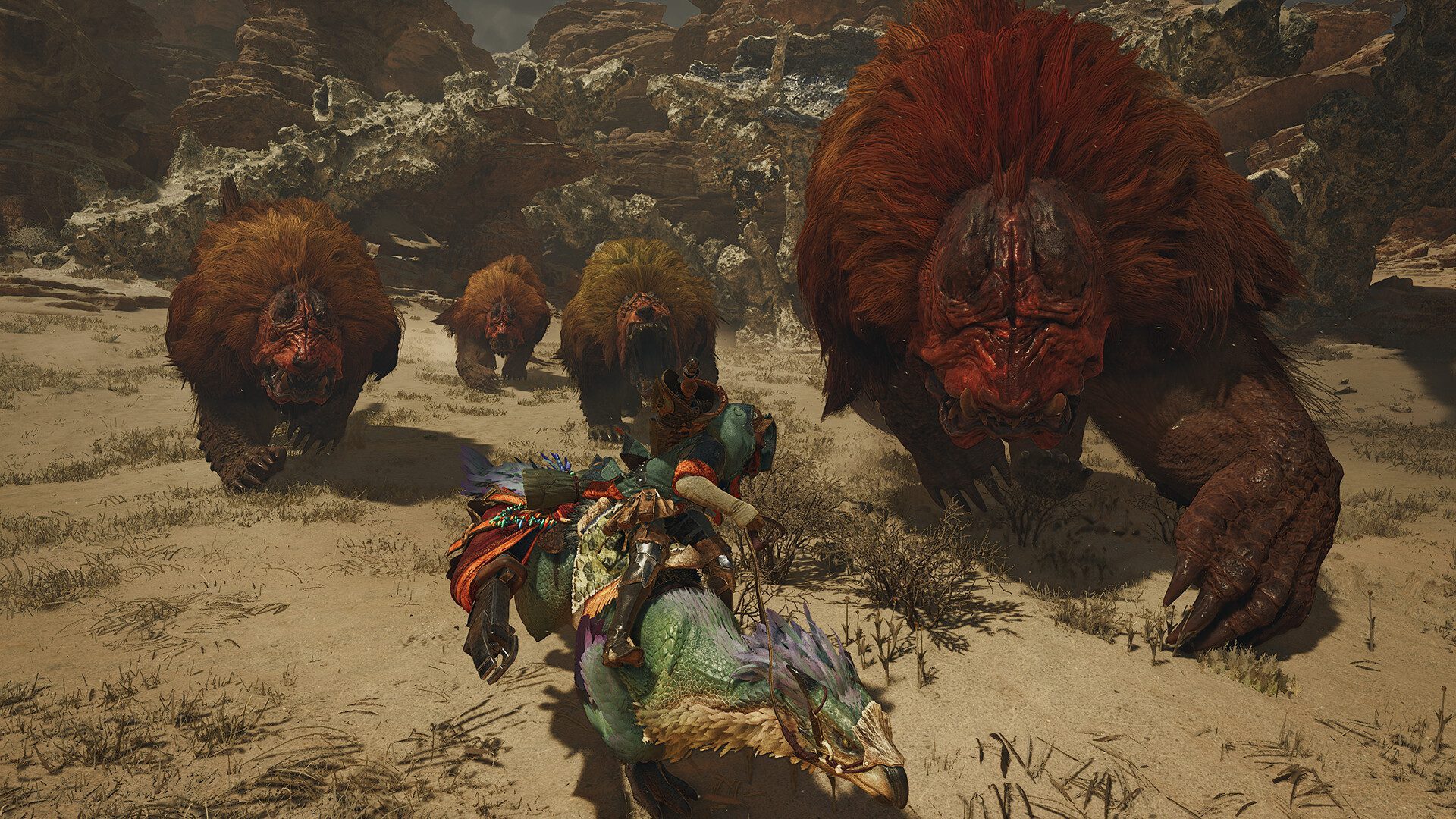
Community and Multiplayer Interactions
Playing the multiplayer mode in Monster Hunter Wilds shows a worrying pattern of making things too easy. From joining squads to guild events, working together often causes more annoyance than fun. The lack of real challenge takes away the sense of reward.
When players team up or fight with strangers, there are not many negative outcomes for losing. This comfort makes it hard to build friendships or grow from tough experiences. For a game that focuses on social play, the multiplayer aspect sadly encourages a relaxed approach rather than active involvement.
Forming Alliances and Participating in Events
Building alliances in Monster Hunter Wilds feels empty. The multiplayer options lead to predictable events. There isn’t much space left for real teamwork or strategy.
Guild events don’t bring dedicated players together. Instead, they turn into automatic hunts that require little teamwork. This simple approach goes against Monster Hunter’s spirit of community-driven adventures.
Alliances are easy to join, but they don’t have what it takes to create lasting connections. Events that should encourage creativity end up being just grind sessions, showing the game’s struggle with its identity.
Trading Tips and Resources with Other Players
In Monster Hunter Wilds, trading tips should make multiplayer experiences better. However, it makes group interactions simple and just about trades. Swapping resources now feels more like just checking off boxes, unlike the deeper connections found in earlier games.
The addition of curated downloadable content makes things even easier, lowering community standards. Players can gain benefits too quickly, which takes away from the focus on teamwork and skill.
In a game that’s all about social connections, the bonds made from victories should be important. Instead, Wilds puts off old fans by turning rich social interactions into plain exchanges.
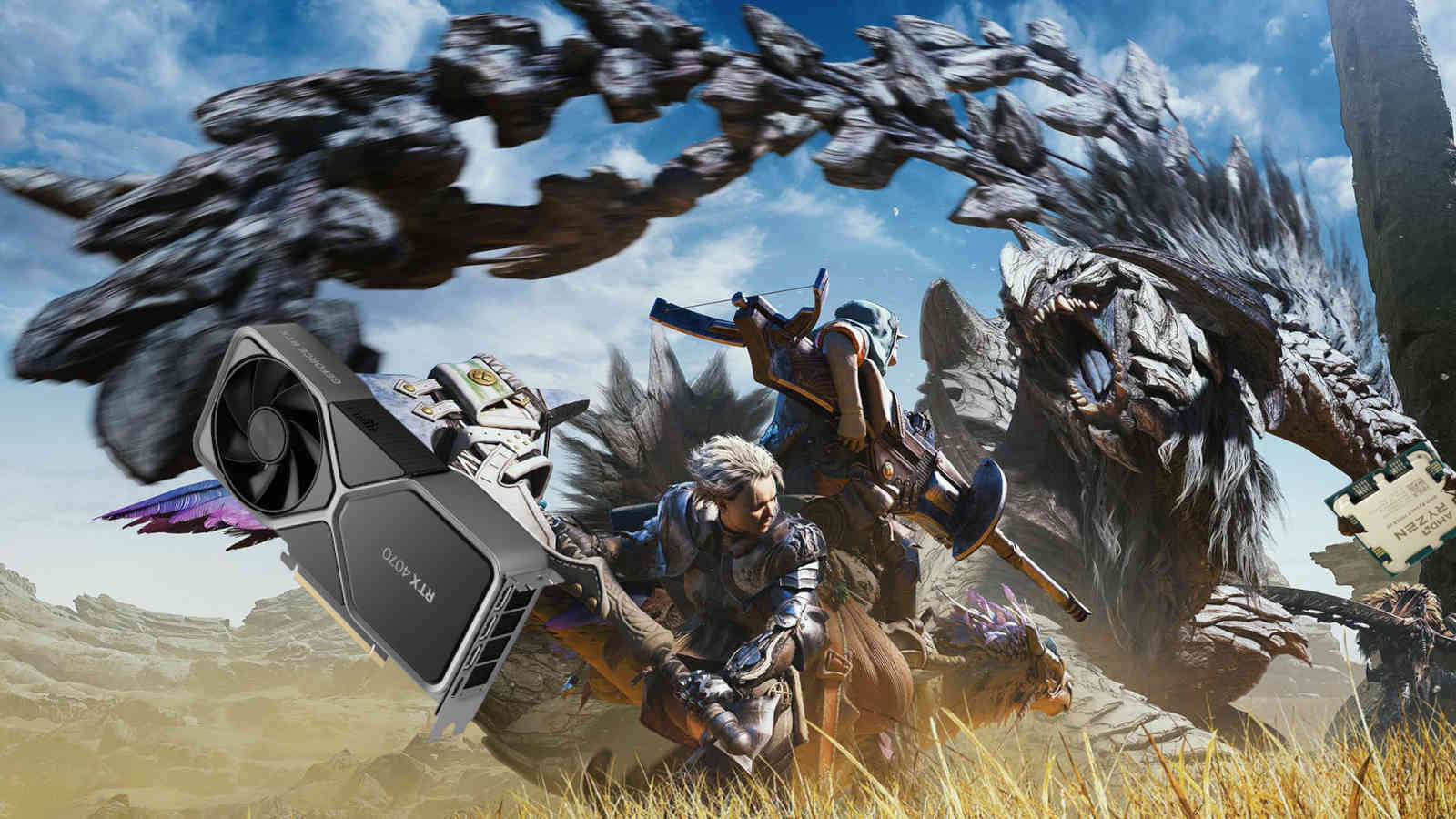
In-Depth Analysis of Game Plot and Characters
The game’s story aims to add emotion, but the characters are poorly written. Learning about the universe’s history gets boring because of the same dialogues and predictable events.
The heavy drama in Monster Hunter Wilds can annoy players. They want to focus on hunting instead of dealing with emotional clichés. While the game attempts to deepen the background of the ecosystem, it misses the mark by not creating real and meaningful stories.
Key Storylines and Character Development
At its heart, the game plot in Monster Hunter Wilds sounds interesting, but it doesn’t deliver well. Character interactions feel forced instead of creative, making important moments feel dull and forgettable.
Adding emotions to NPCs should make the game more engaging, but the exaggerated jokes take away from the fun of playing. Efforts to tell a deeper story often get in the way of exploring, instead of making the game more thoughtful.
If character development is meant to make the world more mysterious, Wilds sadly ends up being frustrating. The story feels fake and lacks depth, leaving little impact on players.
How the Plot Enhances Gameplay
The plot in Monster Hunter Wilds tries to be deep, but it actually takes away from the gameplay enhancement. Instead of giving a clear purpose, the stories often get in the way of enjoying the hunting experience.
The moments that are meant to add context feel awkward and poorly connected, turning important cutscenes into distractions. Rather than creating excitement for hunts, the gameplay falls behind boring scripted scenes that rarely motivate players.
Capcom’s choices in the story show a gap between what the series is really about and how it is carried out. Players who want an engaging gameplay experience are often left feeling let down.
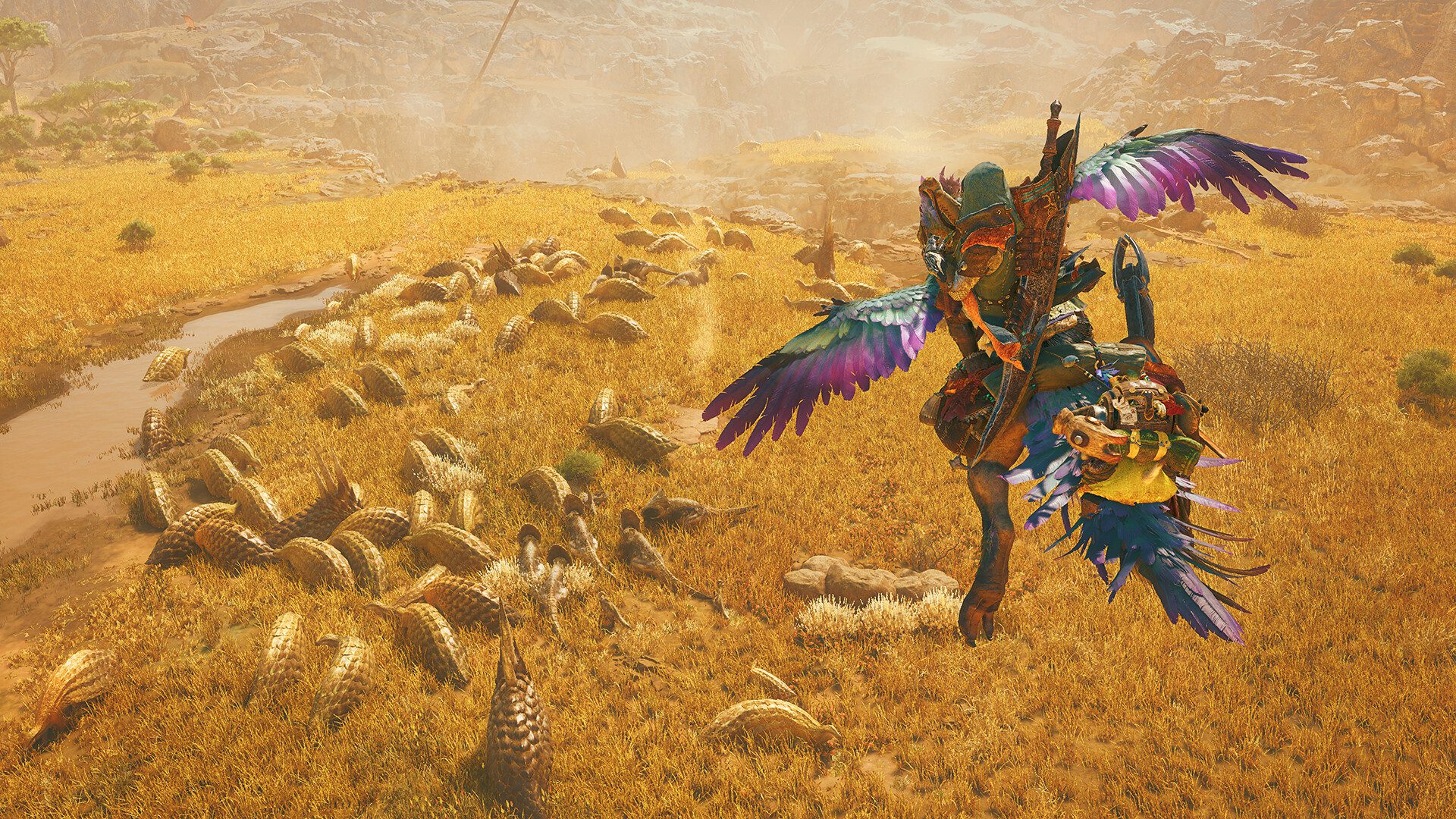
Conclusion
Surviving in the wild as a Monster Hunter is tough. The game can be exciting and challenging, but it often feels too much to handle. The tricky mechanics and strong monsters can make players feel frustrated instead of having fun. You might get lost in big areas, struggle with gear that seems weak against tough enemies, and find it hard to connect with other players. The thrill of adventure can be hidden by the game’s harsh challenges. It’s important to approach Monster Hunter Wilds carefully, as it can ask for more than you are ready to give. However, if you still want to face the wilds, be ready for a journey that will test your skills and patience every step of the way.
Frequently Asked Questions
What are the best weapons for beginners?
For beginners, good choices are the sword and shield. They offer balance and defense. The hammer is simple and gives good damage, but it is not very agile. You should also choose strong armor and collect consumables to help in your hunting strategies.
How to quickly level up your hunter rank?
To improve your hunter rank, join multiplayer hunts through guild events. Doing higher-level missions and fighting XP-rich monsters will help you move up faster. Playing with a team and responding to SOS Flares can make your rank increase more effective while earning you rewards.
What are the rarest monsters and where to find them?
Hunting unique monsters like Gore Magala needs careful searching. Rare creatures such as Alma and Zoh Shia usually live in dangerous areas. You should check updated event maps or seasonal spawns to find them. Special quests often feature these legends, giving exciting but simpler chances to meet them.